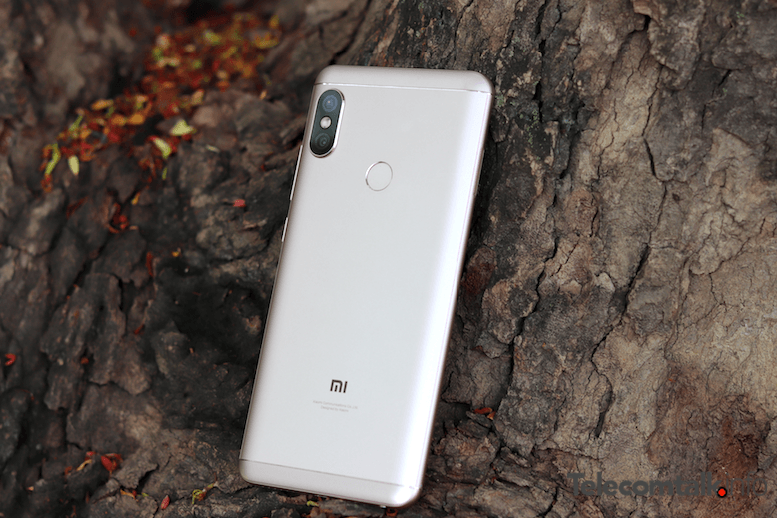Overall, India’s smartphone shipments grew 4% Y-o-Y. “Data consumption is on the rise and users are upgrading their phones faster as compared to other regions. This has led to users spending more on their purchase which is driving up the overall average selling price (ASP) in the market,” explained Tarun Pathak, Associate Director, Counterpoint. As a result, the premium specifications are now diffusing faster into the mid-tier price brands. Volumes for the Chinese brands grew 20 per cent YoY, mainly due to the growth of Vivo, Realme and Oppo. Xiaomi’s newly-launched Redmi Note 7 series (Note 7 and Note 7 Pro) crossed the one million mark within the first quarter of its launch. Xiaomi’s offline contribution was highest in March. Samsung’s A-series shipments surpassed two million units. “The newly launched online-only M series started well too, but it will need a strong follow-up device to continue its momentum on the online platforms,” said Counterpoint. Samsung also recorded a strong sell-in of its premium Galaxy S10 series which drove overall ASP for Samsung. Huawei’s ASP reached the highest-ever level driven by the recently launched Honor 10 Lite, Honor View 20 and end of life for its entry-level segment. “Realme continues to figure among top five brands for the second successive quarter while Vivo’s market share reached its highest ever level in India in Q1 2019,” the report added. The Xiaomi Redmi 6A remained the top model, following multiple price cuts followed by Xiaomi Redmi Note 6 Pro, Redmi Y2, Samsung Galaxy M20, and Galaxy A50. The top 10 models contributed 35% of overall smartphone shipments. “Xiaomi remains the market leader driven by new product launches. However, it faced strong market competition as compared to a year ago. Samsung did a major refresh in its product portfolio launching a new online-only M series,” said Counterpoint’s Anshika Jain.
